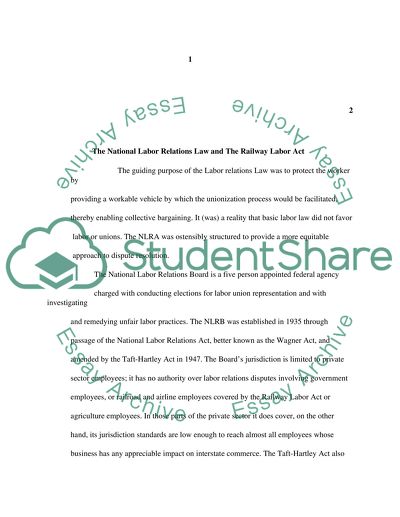Cite this document
(“Labor Relation Law and The Railway Labor Act Essay”, n.d.)
Retrieved from https://studentshare.org/law/1520564-labor-relation-law-and-the-railway-labor-act
Retrieved from https://studentshare.org/law/1520564-labor-relation-law-and-the-railway-labor-act
(Labor Relation Law and The Railway Labor Act Essay)
https://studentshare.org/law/1520564-labor-relation-law-and-the-railway-labor-act.
https://studentshare.org/law/1520564-labor-relation-law-and-the-railway-labor-act.
“Labor Relation Law and The Railway Labor Act Essay”, n.d. https://studentshare.org/law/1520564-labor-relation-law-and-the-railway-labor-act.


